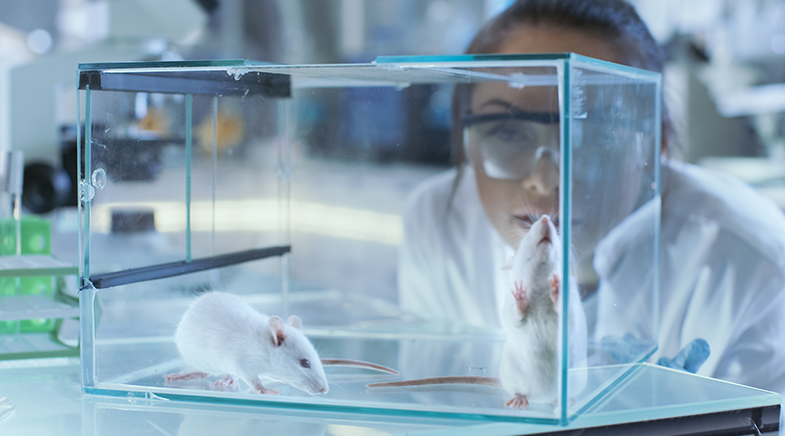A switch in time
-
- from Shaastra :: vol 03 issue 07 :: Aug 2024

Scientists show how cobalt-based molecular catalysts can replace platinum-based ones for hydrogen production in fuel cells.
The global quest for cleaner and more efficient energy sources has taken a promising turn, with a team of scientists developing a technology that could lead to more sustainable and cheaper fuel cells.
At the heart of its research are organometallic complexes, chemical compounds with a metal ion at the centre and an organic molecule as an attachment, widely used as catalysts in pharmaceutical and polymer industries. So far, scientists thought the central metal ion drove chemical reactions and determined their efficiency. But now researchers, led by Musthafa Ottakam Thotiyl, Associate Professor of Chemistry at the Indian Institute of Science Education and Research (IISER) Pune, have shown that the organic compounds attached to the metal ion — called ligands — play a more crucial role, particularly in guiding the selectivity of chemical reactions.
In two recent papers published back to back in Angewandte Chemie (bit.ly/molecat) and Chemical Science (rsc.li/4deL3nn), Musthafa and his collaborators from India and Israel demonstrated this by altering the pathways involved in an oxygen reduction reaction (ORR), a critical process in fuel cells that converts oxygen into energy.
The team discovered that even a minor alteration in the structure of the ligand surrounding cobalt (Co) can drastically shift the reaction pathway from a two-electron process to a more efficient four-electron process. Both these processes (called alpha-isomerisation and beta-isomerisation) are important for practical reasons. While the four-electron process is critical for hydrogen fuel cells, the two-electron process can be used for making hydrogen peroxide (H2O2), an industrial chemical widely used in pharmaceutical and other industries, in a more environmentally sustainable manner. Currently, industrial-scale H2O2 production impacts the environment with the production of one kg of H2O2 resulting in emissions equivalent to 3 kg of carbon dioxide.
"We actually showed that the same Co-based catalyst can be engineered for H2O2 production as well as fuel cells," Musthafa says.
The team altered the pathways in an oxygen reduction reaction, a process in fuel cells that converts oxygen into energy.
This is the first instance of cobalt-based molecular catalysts successfully demonstrating a direct four-electron ORR. It opens up multiple possibilities for designing new and more effective catalysts. Currently, expensive platinum-based catalysts are used for hydrogen production in fuel cells. These enhanced molecular catalysts could emerge as key players in the next generation of fuel cells.
"These are undeniably exciting demonstrations in catalysis which open up new research directions," says R. Kothandaraman, Professor of Chemistry at the Indian Institute of Technology (IIT) Madras. The work shows "a switchable electrocatalytic mechanism" for oxygen reduction and hydrogen production on the same catalytic site. But industrial-level demonstrations should be taken for real-life applications, he adds.
Have a
story idea?
Tell us.
Do you have a recent research paper or an idea for a science/technology-themed article that you'd like to tell us about?
GET IN TOUCH














